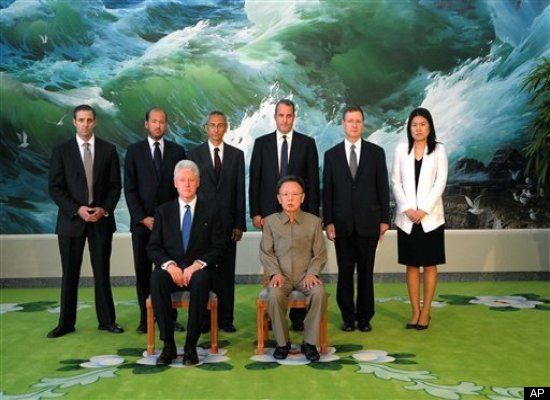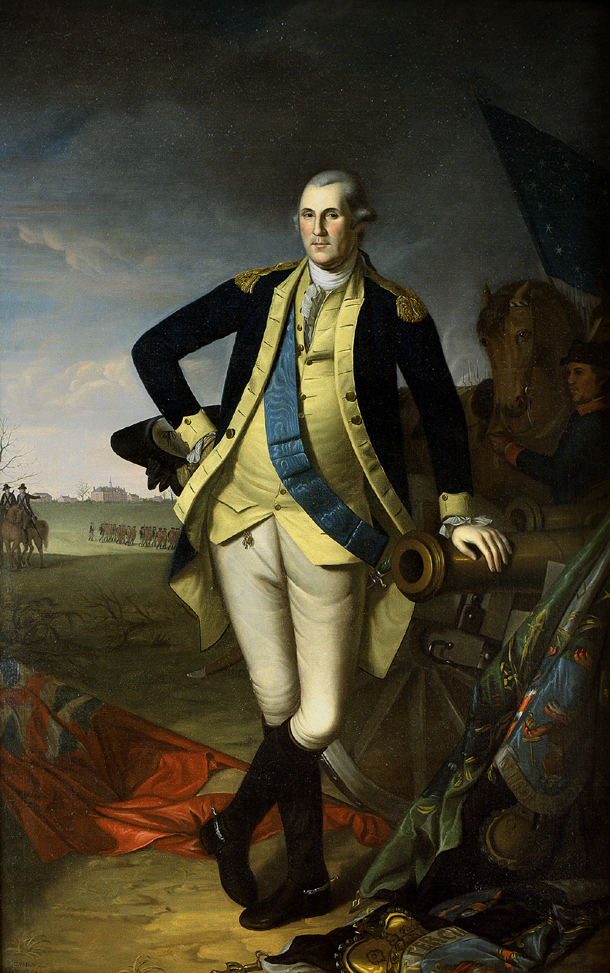Here is an advance for the speech
A few Republicans are calling for students to skip or boycott the speech, with some even going so far as calling for schools to block the speech.
This begs the question, what's the history of presidents' speaking in schools?
Every president in the modern age has used schools as the backdrop for live and taped messages, although few have attempted to pull off a nationwide live address to be played in schools (more below). This week, Democrats have made much over a November 14, 1988 speech President Ronald Reagan made for invited students in the White House. The Reagan administration taped the speech and sent it to schools across the U.S. The speech was also broadcast on C-Span for schools to show at some later date. The major Democratic party talking point on this speech is summed up as follows from the a story at Media Matters. "According to press secretary Marlin Fitzwater, the speech was broadcast live and rebroadcast by C-Span, and Instructional Television Network fed the program 'to schools nationwide on three different days.'"
Of course, we all remember that George W. Bush was in an elementary classroom when planes struck the World Trade Center on 9/11/2001.
Here, President Franklin Roosevelt meets with children in Pine Mountain, Georgia.
President George Bush addressed school children in 1991 at Alice Deal Junior High. The Bush administration hoped the talk would be carried in schools across the country and in fact Bush opens the speech saying "Thank you, Ms. Mostoller, and thanks for allowing me to visit your classroom to talk to you and all these students, and millions more in classrooms all across the country." Democrats criticized Bush at the time for using taxpayer dollars to deliver a political speech to a captive audience.
At a much different time using a much different medium, President Abraham Lincoln responded to a 1864 petition from 195 children in Massachusetts sent by Mary Mann (wife of Horace Mann) asking the president to free all slaves. Lincoln most certainly knew the his reply would be made public. I suppose this communique was a 19th century version of the modern-day schoolhouse presidential talk.
The Lincoln slave petition letter












